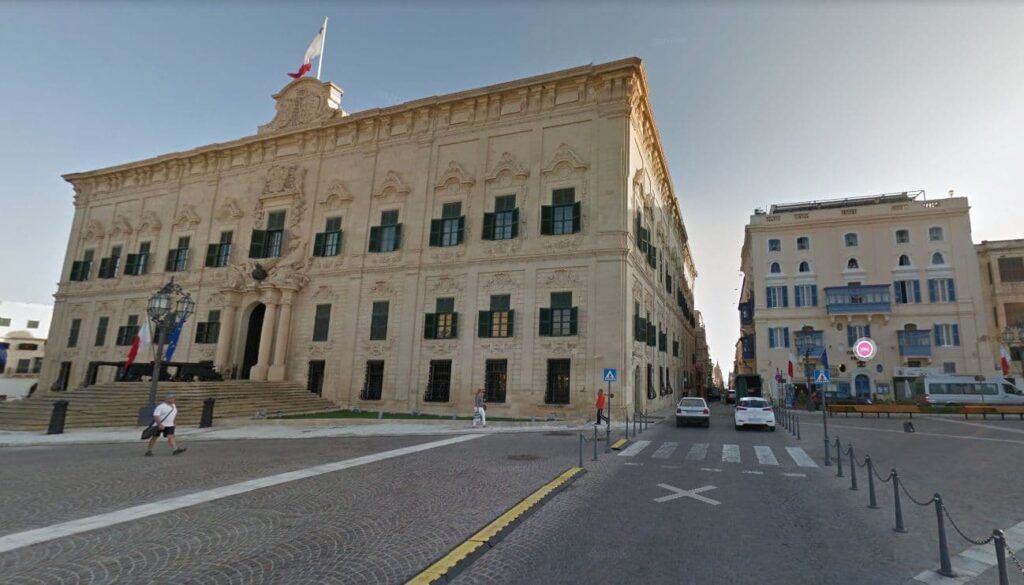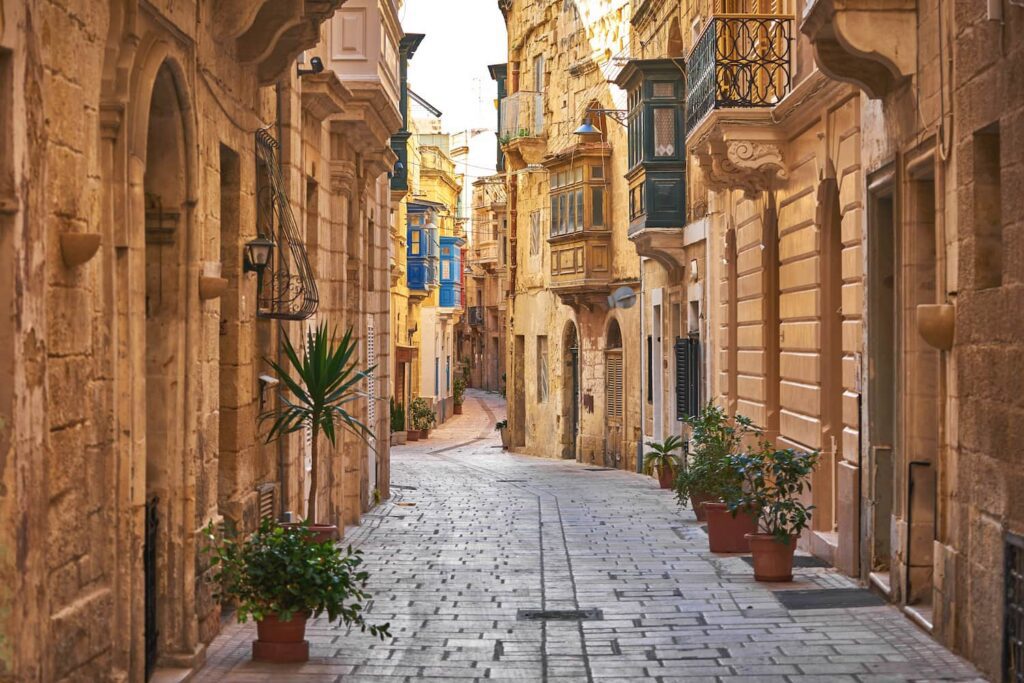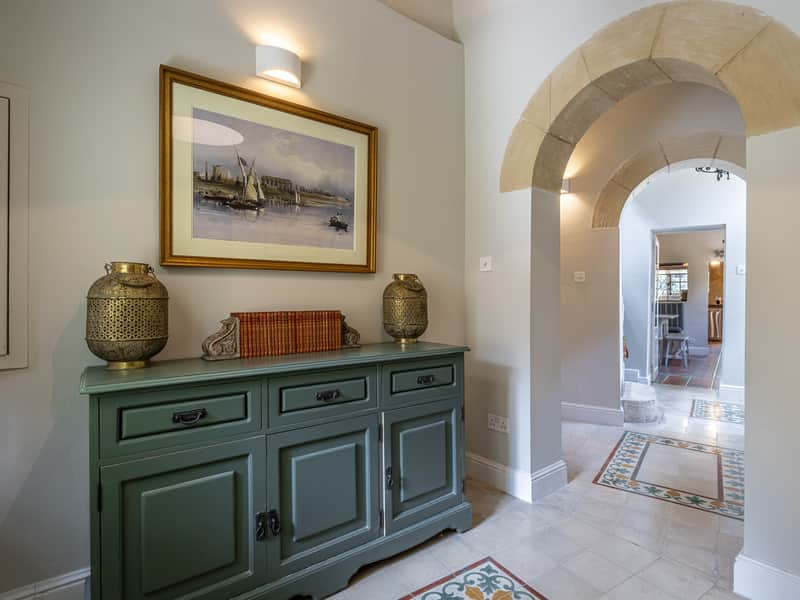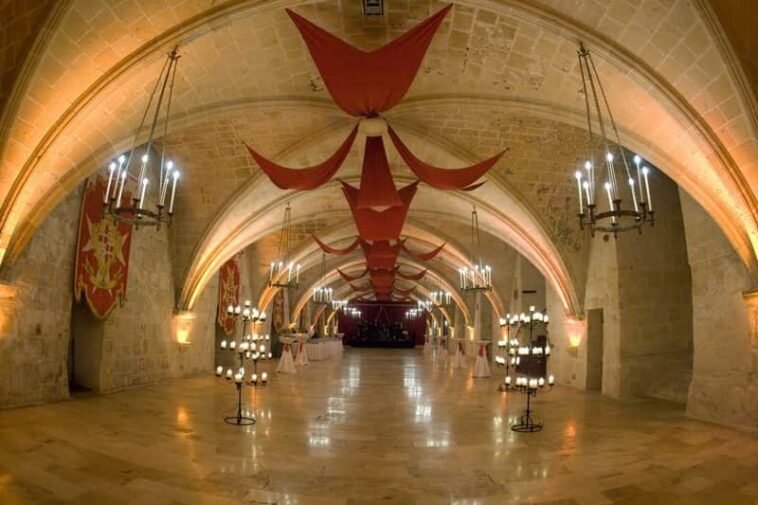Malta, a picturesque archipelago nestled in the heart of the Mediterranean, carries a rich architectural legacy sculpted by epochs, empires, and exigencies. This article takes a discerning gaze into the multifaceted realm of Maltese architecture, tracing its evolution and showcasing its uniqueness.
A Historical Overview: Roots in Antiquity
1. Megalithic Temples (3600-2500 BC):
Malta is home to some of the oldest free-standing stone structures in the world, predating even the Pyramids of Egypt and Stonehenge. Sites like Ħaġar Qim, Mnajdra, and Tarxien are testament to an ancient civilization’s architectural prowess, characterized by massive limestone blocks and intricate layouts.
2. Roman and Byzantine Influence (218 BC – 870 AD):
With the Romans came classical architectural elements. The remains of Roman villas, like the Domus Romana in Rabat, exhibit peristyles and mosaic-adorned floors. Byzantine architecture, although less prevalent, has left vestiges in early Christian catacombs.
The Age of Knights: Architecture as Power and Prestige
3. Medieval Period:
Before the arrival of the Knights Hospitaller, Malta experienced Arab and Norman dominations. This era brought austere, fortified settlements and the Siculo-Norman style, an amalgamation of Norman and Arab designs. The Palazzo Falson in Mdina is a relic from this epoch.
4. The Knights of St. John (1530-1798):
The Knights’ tenure was transformative. They fortified the islands, building bastions, curtains, and cavaliers. Yet, their most remarkable contribution is Baroque architecture. Valletta, the fortified city, is a Baroque masterpiece with buildings like St. John’s Co-Cathedral. Its intricate facade, lavish interiors, and ornate detailing epitomize the Baroque style.

British Colonial Period and Beyond
5. Neo-Gothic and Neoclassical Inspirations (19th Century):
The British brought new architectural aesthetics. Neo-Gothic structures like the Anglican Cathedral in Valletta and neoclassical buildings like the Bibliotheca contrasted with the predominant Baroque.
6. Modern and Contemporary (20th Century – Present):
Post-independence, Maltese architecture began embracing modernist ideals, often juxtaposing them against historical structures. Renzo Piano’s Parliament Building in Valletta, with its geometric precision, stands in sharp contrast to traditional edifices yet resonates with Malta’s evolving architectural narrative.
Distinctive Maltese Architectural Elements
7. The Maltese Balcony:
A quintessential feature, the enclosed wooden balcony, often painted in vivid hues, lends towns and cities a distinct character. Its origin is debated, with some suggesting it evolved from the Arab mashrabiya.

8. Limestone Legacy: The Bedrock of Maltese Architecture
When one thinks of the Maltese architectural landscape, the golden-yellow hue of limestone inevitably comes to mind. This indigenous material has been at the heart of construction in Malta for millennia, defining not just the look but also the tactile feel and atmospheric ambiance of the archipelago’s edifices.
Globigerina and Coralline:
There are primarily two types of limestone in Malta: Globigerina and Coralline. Globigerina limestone, softer and easier to work with, is the primary choice for construction and detailed carvings. This is the limestone that imparts that iconic creamy hue to most Maltese buildings. Coralline limestone, on the other hand, is harder and more resistant to the elements, making it the preferred choice for foundational work and external fortifications.
Historical Significance:
The earliest signs of limestone usage can be traced back to the island’s megalithic temples. These ancient structures, some of the oldest free-standing edifices in the world, showcase the material’s malleability and durability. The Knights of St. John extensively used limestone to build fortifications, churches, palaces, and auberges. It’s astounding to note that the imposing fortifications of Valletta and Mdina have withstood time, wars, and natural elements, attesting to limestone’s enduring qualities.
Artistic Flourishes:
Beyond its structural applications, limestone has been the canvas for Malta’s artistic expressions. Its workability made it ideal for intricate facades, statues, and interior decorations, especially during the Baroque period. From the ornate facades of Baroque churches to the minutely detailed sculptures that adorn them, limestone provided the perfect medium for architects and artists to bring their visions to life.
Sustainability and Modern Use:
Limestone’s abundance made it a sustainable choice for construction throughout Malta’s history. In contemporary times, while there’s a rise in the use of other construction materials due to globalization, many builders and architects continue to venerate limestone, not just for traditional projects, but for modern ones too. It seamlessly bridges the architectural past with the present, ensuring a continuity in Malta’s built landscape.
Challenges:
However, it’s not without challenges. Limestone, especially the softer Globigerina, is susceptible to erosion and decay, particularly in the face of rising pollution and acidic rain. Conservation efforts are ongoing to preserve historic buildings and monuments, and research is being conducted on treatments to protect and restore limestone structures.

Modern Challenges and Sustainable Architecture
9. Conservation vs. Urbanization:
Rapid urbanization post-WWII has endangered historical sites. Conservationists argue for sustainable architectural practices that respect Malta’s legacy while accommodating modern needs.
10. Sustainable Architecture:
Initiatives like the Valletta Design Cluster promote sustainable and inclusive urban regeneration. New constructions increasingly incorporate energy-saving solutions, green spaces, and water conservation techniques, merging tradition with innovation.




